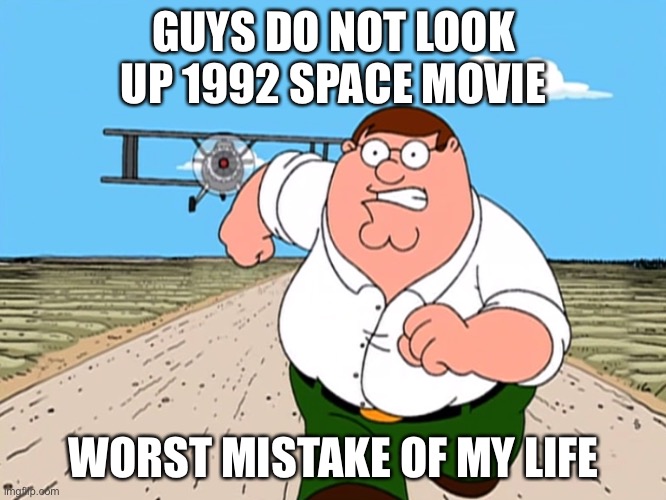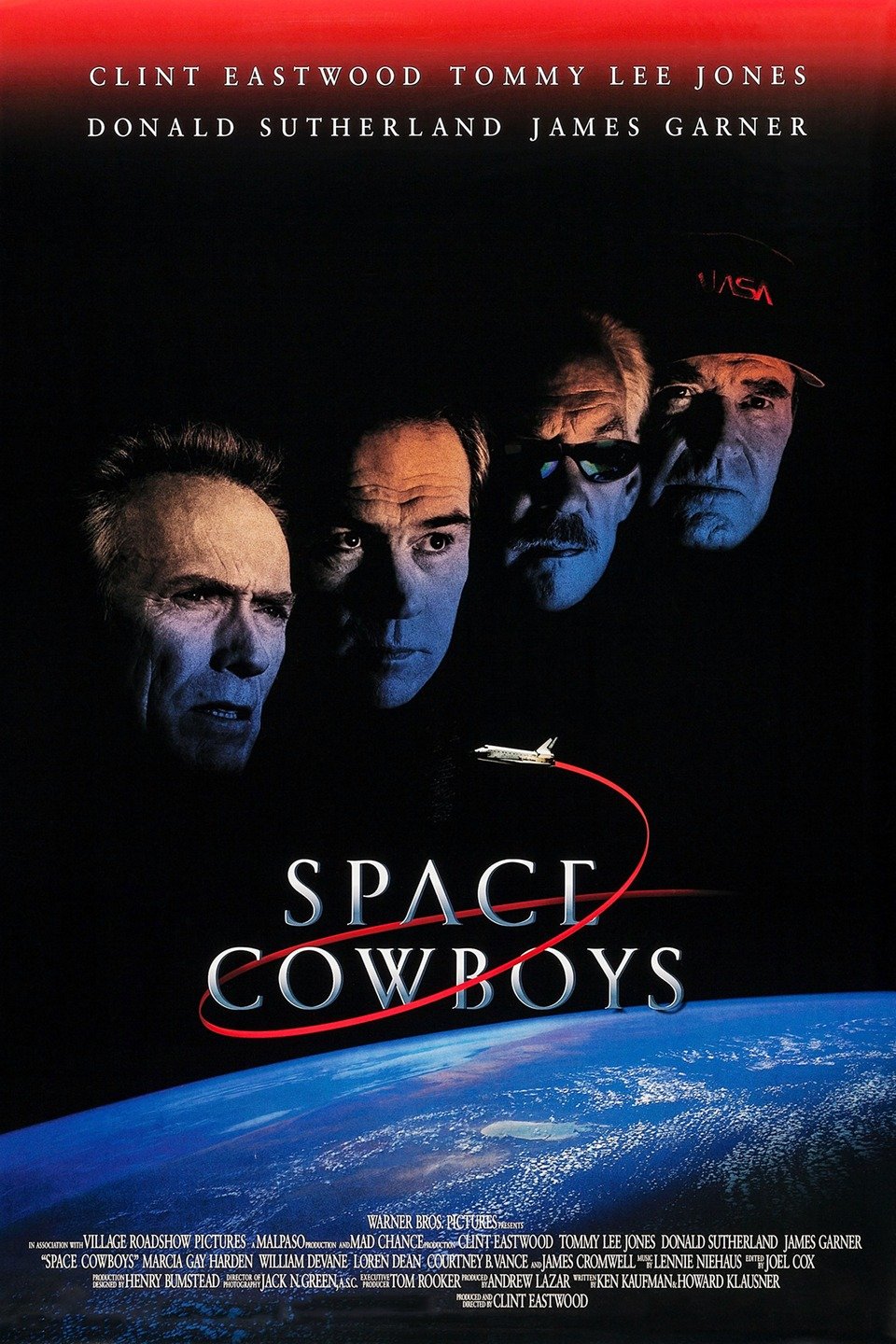In the vast universe of cinematic creations, certain films stand out not just for their narrative but for the cultural conversations they spark. One such movie is a space film from 1992 that has intrigued audiences and generated curiosity over the years. This article delves into the details of this unique film, exploring its origins, themes, and the impact it has had on viewers.

Key Takeaways

- A 1992 space-themed film has garnered significant attention and discussion over the years.
- The film is known for its unconventional narrative and has become a cult classic.
- Despite its controversial themes, it has sparked discussions about representation and satire in cinema.
The Space Movie Made in 1992: A Brief Overview
The film that often comes to mind with the query “what space movie was made in 1992” is “Gayniggers from Outer Space.” This short film, directed by Danish filmmaker Morten Lindberg, is a unique blend of science fiction and comedy, often categorized under the genre of blaxploitation. Its narrative centers around a group of extraterrestrial beings from the planet Anus who come to Earth with a mission to liberate men from women, whom they perceive as oppressive.
Plot and Themes
The film follows the journey of these intergalactic travelers as they explore Earth and embark on their mission. The narrative is filled with satirical elements, poking fun at the conventions of both science fiction and societal norms. It uses humor and irony to address themes of gender and sexuality, challenging viewers to reflect on the absurdity of stereotypes and the seriousness with which they are often treated.

While the film’s content is undoubtedly controversial, it is important to understand its context as a parody. The exaggerated portrayal of characters and scenarios is intended to critique and satirize rather than to offend. However, the film has generated mixed reactions, with some viewers appreciating its humor and others finding it distasteful.
Cultural Impact and Reception
Since its release, “Gayniggers from Outer Space” has achieved a cult status, particularly within certain online communities. Its unconventional approach and bold narrative have made it a topic of discussion and debate, especially concerning its portrayal of race and gender. The film is often referenced in discussions about representation in media and the use of satire as a tool for social commentary.
Despite its low budget and brief runtime, the film has left a lasting impression on those who have seen it. It serves as an example of how cinema can push boundaries and provoke thought, even when wrapped in a comedic package.
Understanding the Context of 1992 in Cinema

The early 1990s was a period of exploration and experimentation in the film industry. Filmmakers were increasingly pushing the envelope, exploring themes and narratives that challenged traditional norms. This era saw the rise of independent films and directors who were willing to take risks in their storytelling.
“Gayniggers from Outer Space” fits into this broader trend of experimental cinema. Its audacious premise and satirical tone reflect a willingness to challenge the status quo and invite audiences to engage with complex issues through humor and parody.
Why the Film Remains Relevant
In today’s world, where conversations about representation and diversity are more prominent than ever, “Gayniggers from Outer Space” continues to be relevant. It serves as a reminder of the power of satire to highlight societal issues and the importance of context when interpreting artistic works.
The film’s legacy is a testament to the enduring nature of cult classics, which often gain appreciation over time as viewers revisit and reinterpret their themes. It also underscores the role of cinema as a mirror to society, reflecting its values, prejudices, and aspirations.

In answering the question, “what space movie was made in 1992,” we uncover a film that defies easy categorization. “Gayniggers from Outer Space” is a product of its time, a daring exploration of genre and satire that continues to provoke thought and discussion. While it may not be to everyone’s taste, its place in cinematic history is secure as a piece that challenges viewers to think critically about the media they consume and the messages it conveys.
As we continue to explore the vast landscape of film, works like this remind us of the diverse ways in which stories can be told and the conversations they can inspire. Whether viewed as a comedic romp or a satirical critique, this 1992 space movie remains a fascinating artifact of its era.